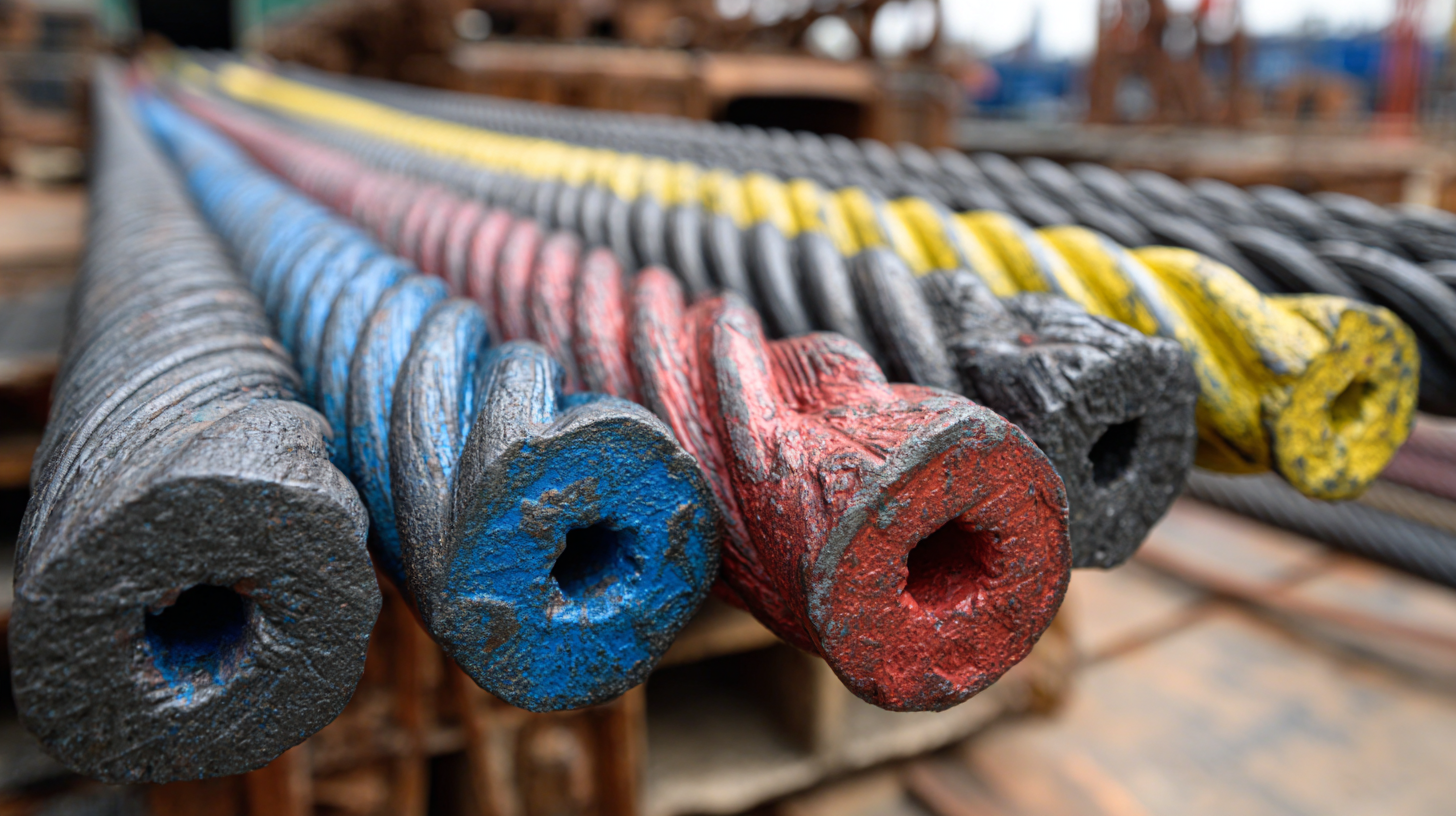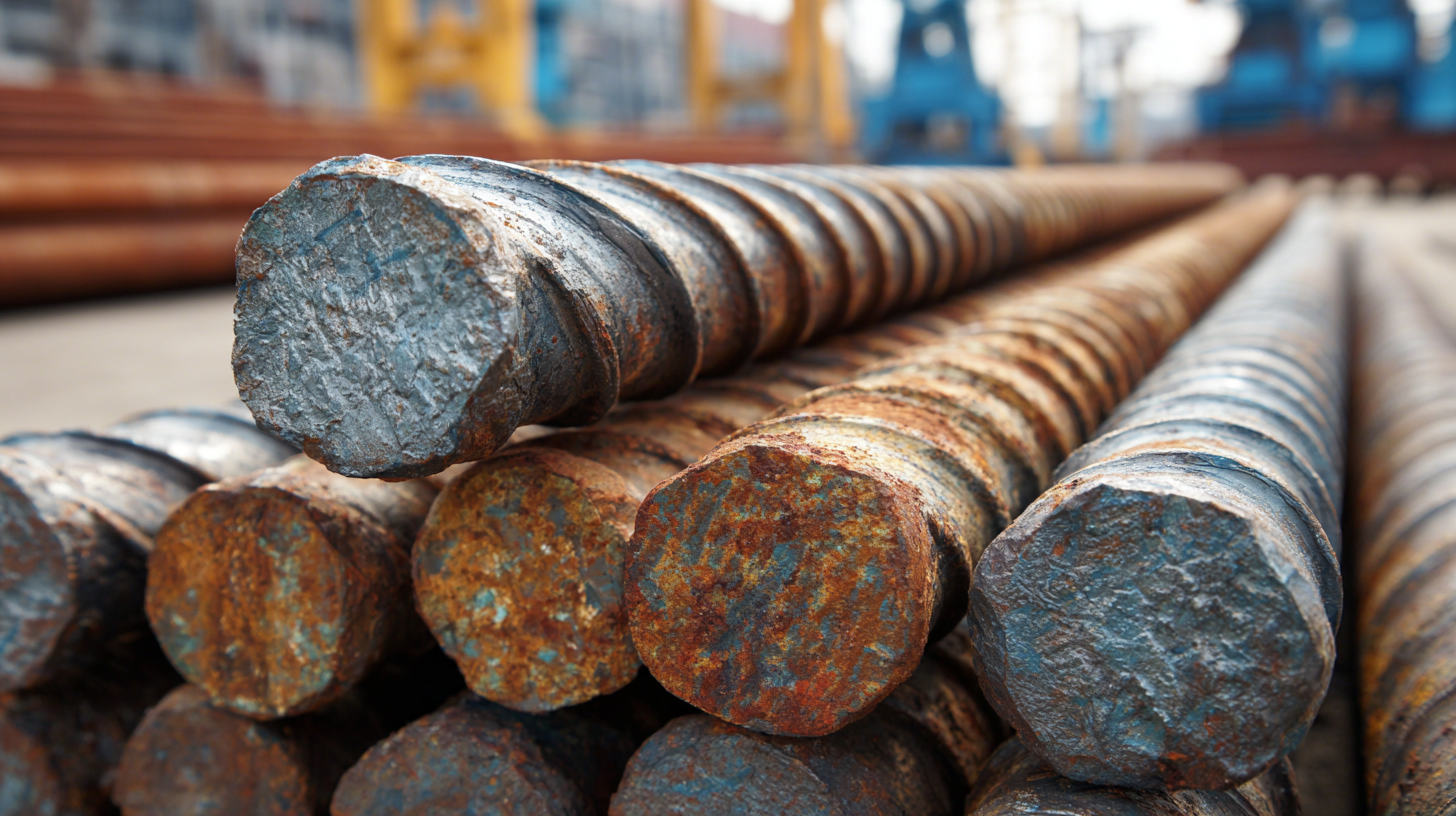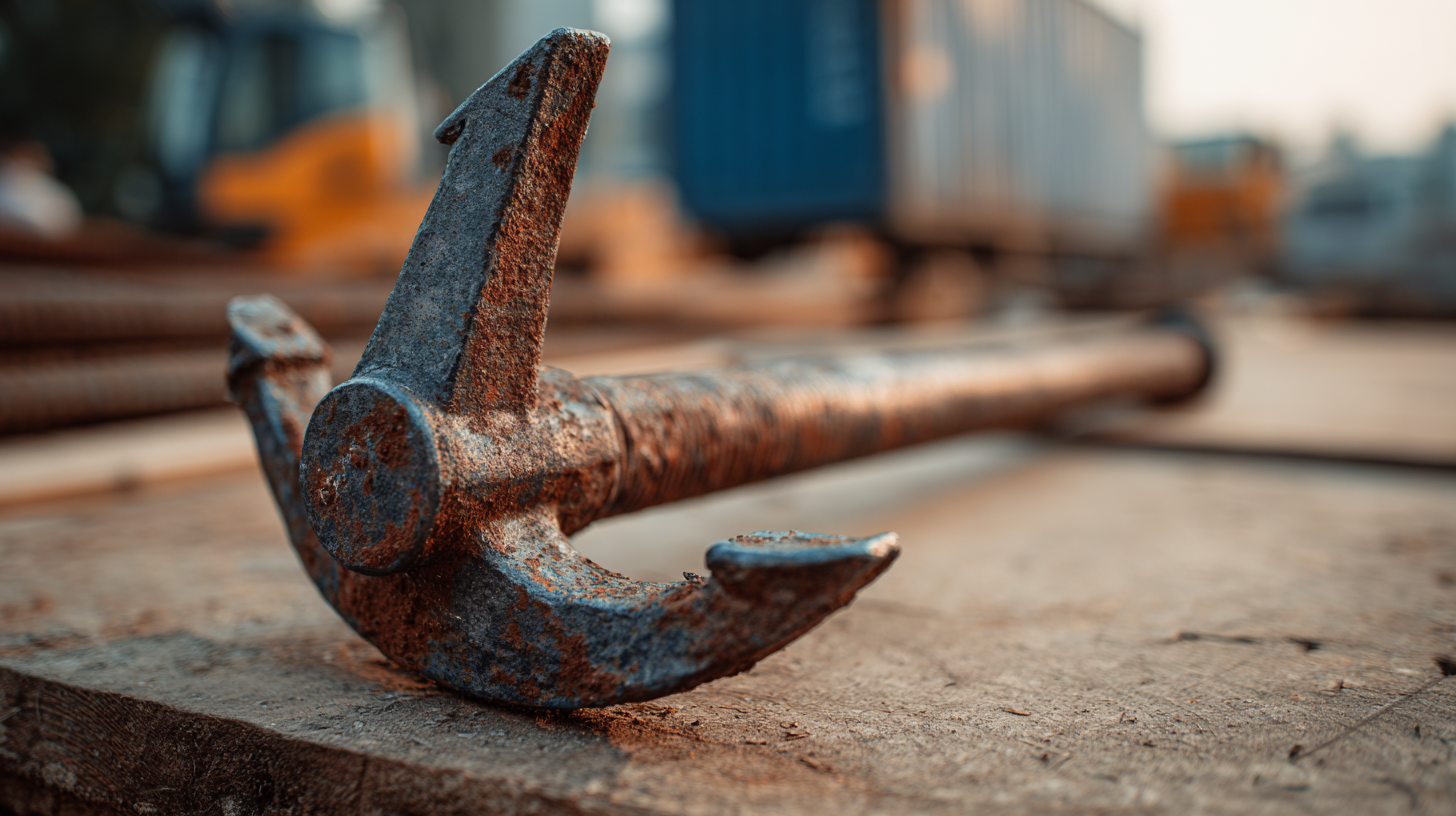 In the construction industry, the use of specialized components is crucial for ensuring structural integrity and safety. One such component, the Left-Handed Anchor Rod, plays a significant role in enhancing the stability of various structures, particularly in environments prone to seismic activity. According to a report by the American Institute of Steel Construction (AISC), improper anchorage can lead to a reduction in the overall lifespan of a building, with poorly anchored structures facing up to 30% more risk during seismic events. This highlights the importance of properly utilizing Left-Handed Anchor Rods in construction projects. By understanding their unique features and applications, industry professionals can significantly improve the effectiveness of anchorage systems, ensuring stronger and more resilient constructions. This guide will delve into best practices for effectively integrating Left-Handed Anchor Rods in your projects, maximizing their potential benefits while adhering to industry standards.
In the construction industry, the use of specialized components is crucial for ensuring structural integrity and safety. One such component, the Left-Handed Anchor Rod, plays a significant role in enhancing the stability of various structures, particularly in environments prone to seismic activity. According to a report by the American Institute of Steel Construction (AISC), improper anchorage can lead to a reduction in the overall lifespan of a building, with poorly anchored structures facing up to 30% more risk during seismic events. This highlights the importance of properly utilizing Left-Handed Anchor Rods in construction projects. By understanding their unique features and applications, industry professionals can significantly improve the effectiveness of anchorage systems, ensuring stronger and more resilient constructions. This guide will delve into best practices for effectively integrating Left-Handed Anchor Rods in your projects, maximizing their potential benefits while adhering to industry standards.
When selecting left-handed anchor rods for construction projects, understanding the specific requirements of your application is crucial. Left-handed anchor rods, characterized by their reverse threads, are often used in specialized scenarios such as in tension applications or where traditional right-handed rods may not be suitable. According to a report by the American Institute of Steel Construction, properly chosen anchor rods can enhance structural stability and reduce the risk of failures, which could save projects significant time and resources.
**Tip 1:** Evaluate the load requirements of your project. Ensuring the anchor rods can handle the anticipated loads is vital. Studies indicate that using anchor rods rated for greater than necessary loads can lead to increased safety margins.
Additionally, consider the material and coating of the anchor rods. Galvanized or stainless steel rods often provide better corrosion resistance, which is essential for outdoor or high-humidity environments. A survey conducted by Construction Materials Testing highlighted that projects using corrosion-resistant materials reported a 30% decrease in maintenance costs over time.
**Tip 2:** Always consult with structural engineers when determining the type and size of anchor rods required. Their expertise can guide you in selecting products that not only meet local building codes but also enhance the integrity and longevity of your construction.
Understanding the load-bearing capacity of left-handed anchor rods is crucial for ensuring the stability and safety of your construction projects. According to the American Concrete Institute, the effective load-bearing capacity of anchor rods can be influenced by several factors, including material properties, installation techniques, and the specific type of load being applied. For instance, left-handed anchor rods, which are often used in unique applications, should be evaluated on metrics such as tensile strength, shear strength, and the potential for axial loads, all of which can vary significantly from standard right-handed rods.
Tips: When selecting left-handed anchor rods, always refer to manufacturer specifications for the precise load ratings. Conducting a load analysis before installation can help avoid future complications related to unexpected stress levels. Additionally, consider using a resistance factor modified for the specific conditions of your construction environment to enhance safety and performance.
Recognizing that left-handed anchor rods might have different behaviors under load compared to their right-handed counterparts is essential. Industry reports show that when installed correctly, left-handed rods can exhibit superior resistance to rotation and tampering, making them a valuable choice in specialized applications. Engineers are encouraged to collaborate closely with suppliers to understand the unique characteristics of these rods and to receive guidance on compliance with local building codes.
When installing left-handed anchor rods, begin by ensuring you have the correct tools and materials for the job. A left-handed thread means that the rod twists in the opposite direction, so using the right anchor nuts and a torque wrench that accommodates this threading is crucial. Start by marking the position where the anchor rods will be installed, ensuring alignment with your structural plans for optimal support.
Next, drill the necessary holes to the specified depth, taking care to create a clean opening to secure the anchor rods effectively. Insert the left-handed anchor rod into the hole, making sure to maintain the proper angle according to your project requirements. As you begin tightening the rod, remember that it will twist in a left-handed direction, so consider the counterclockwise motion while applying torque. Inspect the stability of the installation after securing the rod in place, and repeat the process for any additional anchors, ensuring that they are all installed precisely for maximum structural integrity.

Left-handed anchor rods present unique challenges in construction projects, often causing confusion and delays if not properly understood. One of the most common issues is the lack of available installation tools and equipment designed specifically for left-handed threads. According to a 2022 industry report by the National Association of Heavy Equipment Operations, over 30% of contractors reported encountering difficulties with threading methods for non-standard anchor rods, which can increase project timelines by up to 15%.
Another challenge is ensuring proper specification and integration with right-handed components that are prevalent in the market. Failing to correctly match left-handed rods with appropriate fixtures can lead to structural weaknesses and safety concerns. Data from the Construction Safety Council indicates that improper installations are responsible for approximately 18% of reported construction site accidents, emphasizing the importance of rigorous testing and quality control measures. By investing in specialized training and tools for handling left-handed anchor rods, contractors can mitigate these risks and ensure the integrity of their projects.
When working with left-handed anchor rods in construction projects, proper maintenance is crucial to ensure their longevity and performance. These unique rods, designed specifically for left-handed threads, can be quite durable if cared for adequately. A consistent maintenance routine can prevent issues such as rusting, thread damage, and misalignment, which can lead to significant project setbacks.
One essential tip for maintaining left-handed anchor rods is to regularly inspect for signs of wear and corrosion. This is especially important in environments exposed to moisture or harsh chemicals. When noticing any rust, apply a suitable rust remover and protective coating. Additionally, lubricating the threads can help enhance their longevity and facilitate easier installation and removal.
Another recommendation is to store left-handed anchor rods in a dry, climate-controlled environment. Proper storage helps prevent unnecessary exposure to elements that could compromise their integrity. Keeping them organized and labeled can also assist in quick retrieval during project execution, ensuring that the right components are always available when needed. By adhering to these maintenance tips, construction professionals can maximize the efficacy and lifespan of their left-handed anchor rods.






